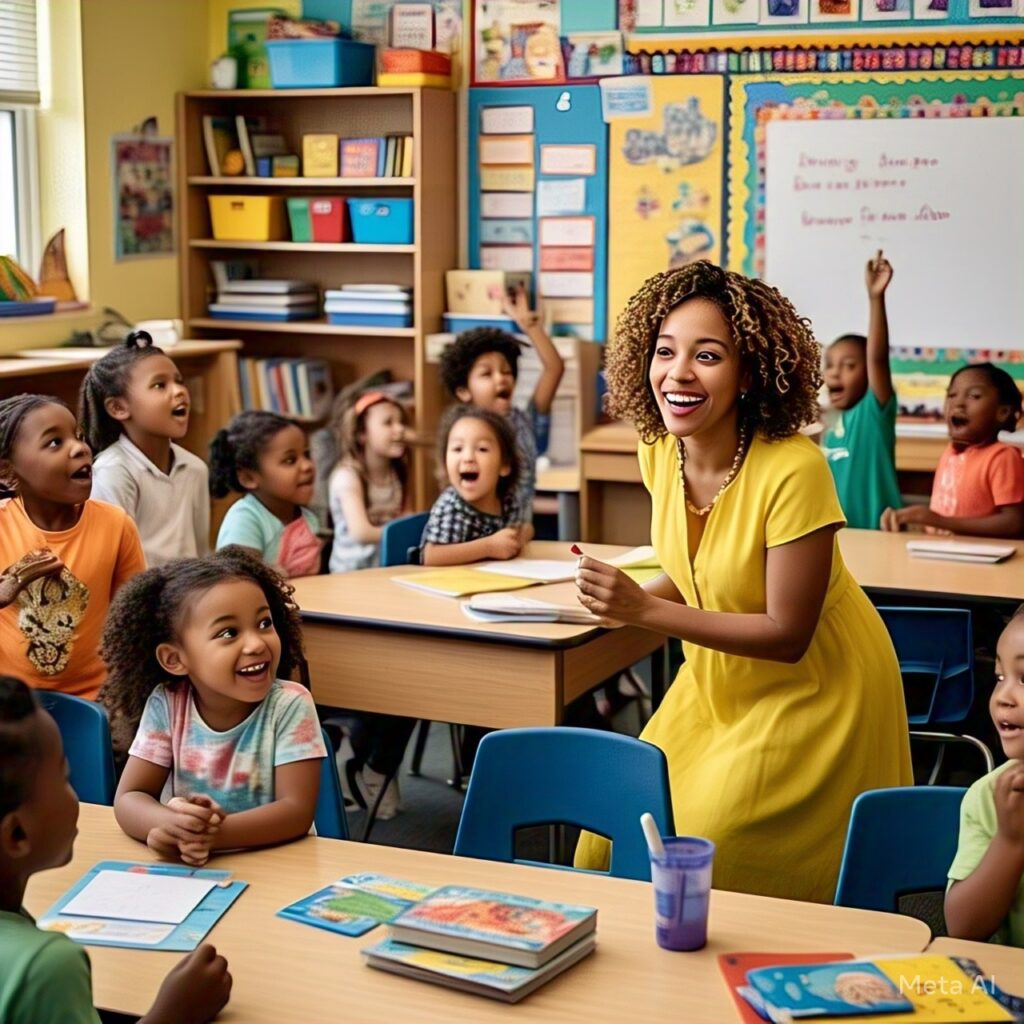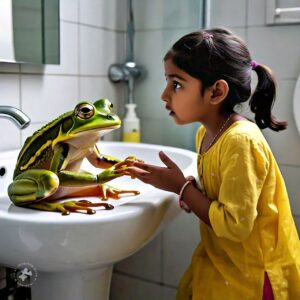
Kids Don’t Hate Learning, They Hate the System

Last week a neighbour’s kid came up to me and asked why I read and write when I am no longer in school or college. That made me reflect on how children viewed learning as something they’re simply told to do rather than something they get to enjoy. When I was a kid, I couldn’t wait to grow up quickly and leave school either. I believed that once I became an adult, I’d finally be free – no more exams, no more assignments and no more learning. Looking back, I realize, it wasn’t learning that I hated but the environment I was expected to learn. Now as an adult I enjoy reading and writing every day. The difference? I am free to learn at my own pace, and follow my curiosity. That’s exactly what I needed back then, a better space to learn.
Children are naturally curious and love learning new things. They ask questions, about things adults often overlook, because they are fascinated by the world around them. Their instinct is to explore, imagine and create. But, as they grow older and enter the school system, that spark begins to fade. Memorization becomes a routine, and the focus shifts from learning to scoring. Deadlines, assignments, and academic pressure starts to increase, overtime, learning feels like a chore instead of joy. It’s only natural that children see school as stressful and boring, especially when compared to activities like playing, watching movies, or cartoons, which they associate with freedom and fun. To them school becomes the opposite of freedom and that is where the disconnection begins.
Many schools fail to treat children with respect and trust they deserve. When a child misses homework or struggles in a subject, they’re often shamed or punished instead of being supported. They are constantly compared, to other students both at school and home, which forces them to live up to unrealistic standards. This pushes them away from thinking out of the box, and expressing their uniqueness; instead, they are taught to follow the crowd. This takes a toll on their mental health, which makes them lose their confidence and self-esteem as they grow up. This can all be avoided if we create an environment that makes learning joyful and rewarding.
By giving them space to breathe, and letting them share their ideas, we can help them grow into confident individuals who love to learn. Instead of shaming them for learning slowly or differently, we should teach them in ways they can better understand. Notice their interests and help them explore their passions further. Avoid comparing children with one another, or putting them on spot when they feel nervous or anxious. When I was a child, my classes ended by afternoon, making room for creative activities for the rest of the day. We had crafts, puppet shows, and guest sessions where people shared interesting insights from their fields. Those moments made school enjoyable where learning felt alive. Instead of teaching only the things in books, teachers can share day today research or advancements that is happening in the subjects they teach. Children should be encouraged and rewarded for their progress, and taught that failure doesn’t means it’s over, and it’s okay to make mistakes. By making small but effective changes we can actually do what a school a supposed to do: built confidence, and help children thrive in the world when they grow up. Most importantly, Schools should be a place to gain knowledge, where learning should feel safe, not stressful.
Recent stories
Editor's Pick



People Treat You the Way You Treat Yourself


Duet of Gears & Light

More Stories...
Author's Pick

Raven Rhapsody

A Fall To Remember.

A Feline Legacy: From Kitten to Kindred Spirits

Becky’s Wild Days: Gooseberry Raids and Saintly Bites

The Animal Whisperer: A Heartwarming Tale of Compassion

My Childhood Dream…..An old Age Reality

My Slice of Heaven

Mustard-Seed Faith

Ribbiting Friendship: A Leap of Joy
Check our website www.tellmystory.in
Follow our socials for more inspiring stories —
YouTube: https://youtube.com/channel/
Hoote: https://hoote.page.link/
Instagram: www.instagram.com/tellmystory.
Twitter: www.twitter.com/tellmystory__
Facebook: www.facebook.com/tellmystory.




